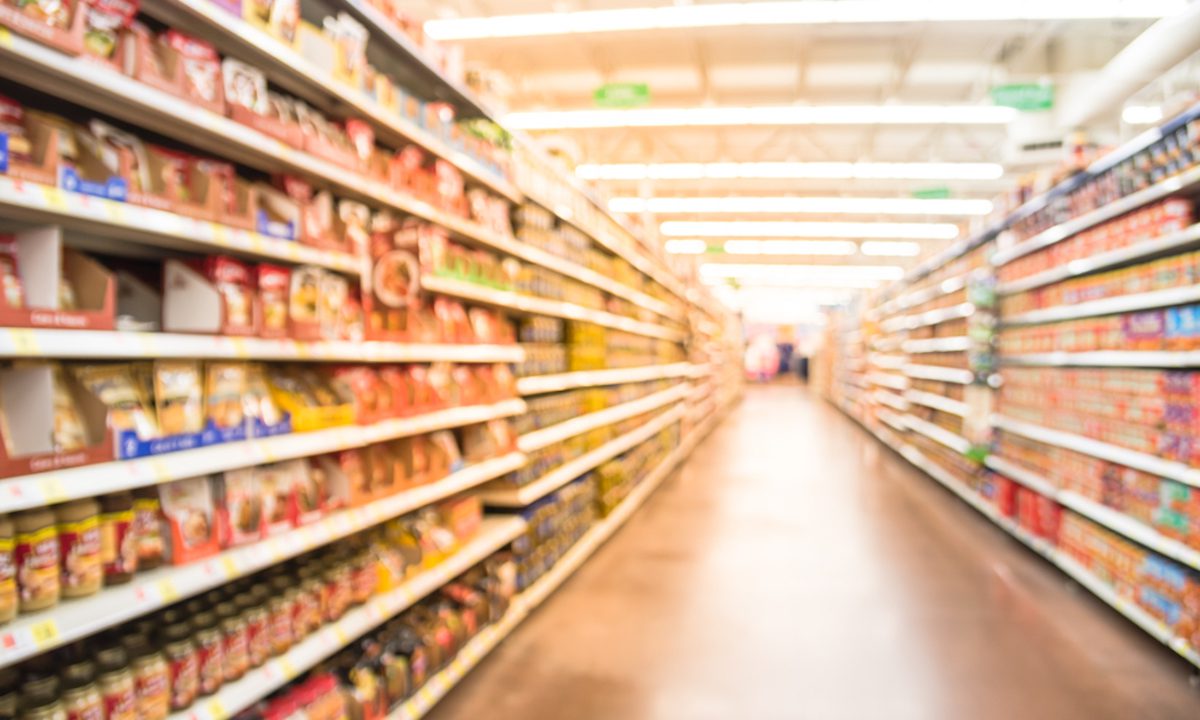Grocery Shoppers Flocked to Web for Product Shortage Solutions

New data from Google shows grocery shoppers were acutely impacted by product shortages this year.
According to the 2022 edition of the technology company’s “Year in Search,” shortages were on consumers’ minds. Among the top-10 searches for shortages throughout the year included queries for baby formula, sriracha shortage, cream cheese, avocados and lettuce. These searches turn up articles on how the shortages originated, how consumers are responding and predictions for the future, among other content.
These findings indicate that consumers’ shopping experiences were significantly impacted by the challenges grocers had keeping shelves stocked — and grocers should take note. After all, this factor is one of the key considerations influencing where shoppers get their food.
According to research from PYMNTS’ study “Decoding Customer Affinity: The Customer Loyalty to Merchants Survey 2022,” created in collaboration with Toshiba Global Commerce Solutions, which drew from a survey of more than 2,000 United States consumers, 51 percent of shoppers said ensuring that the grocery products they want are in stock and available for purchase is key to ensuring their continued patronage of a given merchant.
When there are these issues, consumers want greater transparency. PYMNTS’ study last year, Removing Friction at the Checkout: How Payment Experiences Influence Consumer Choice, created in collaboration with Checkout.com, found that 56 percent of consumers cite lack of inventory status/product availability as a point of friction.
The study also found that several other factors, including price, proximity and payment or fulfillment features, play significant roles in impacting consumers’ loyalty. However, in an interview with PYMNTS, Larissa Russell, co-founder and CEO of Pod Foods, a company that offers a wholesale marketplace to connect grocers and emerging consumer-packaged goods (CPG) brands, argued that shelf-stocking will increasingly be a priority for grocery shoppers.
“It all becomes who has the most relevant assortment in their store,” she said, “because if the consumer can’t get a product in grocery store, they’re going to look for it somewhere else.”
Amid these challenges, brands and retailers alike have been looking to automation to improve their forecasting and in turn to head off or mitigate challenges going forward. In October, multinational food and beverage giant PepsiCo said it is planning to automate and digitize more of its supply chain data, leveraging increasingly intelligent data analytics to predict purchasing trends and avoid shortages or overproducing items not in demand.
“We’re becoming much more digital, becoming much more insightful and precise as a company, and that applies … to our supply chain,” PepsiCo CEO Ramon Laguarta told analysts on a call. “I think we’re becoming much more integrated in our [demand] forecasting … and we’re able to execute a certain level of higher complexity in our business.”
Grocers have been doing the same, with grocers large and small, ranging from Hy-Vee to Walmart, deploying robotics to get more granular about their inventory. In August, grocery supply chain-focused inventory management platform Vori announced the close of a Series A funding round totaling $10 million. The company digitizes inventory management data in an effort to improve grocers’ ordering and shelf-stocking.
These kinds of solutions can be especially key for independent grocers, which disproportionately bear the brunt of these supply chain challenges.
“We know that an independent that is not the number one or not the number two retailer in any manufacturer means a force farther down the pecking order. Chances are we may be not getting our fair share of inventory,” IGA (Independent Grocers Alliance) President and CEO John Ross told PYMNTS in an interview. “Of course, that creates an adversarial relationship with our suppliers. It’s very emotional. So, getting back in stock, getting back to normal terms might mean reducing our top line, but a more healthy relationship with the supply chain would be good for everyone.”
